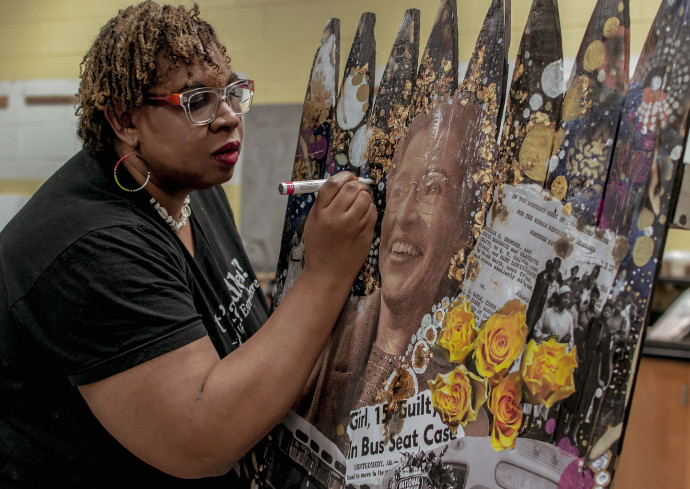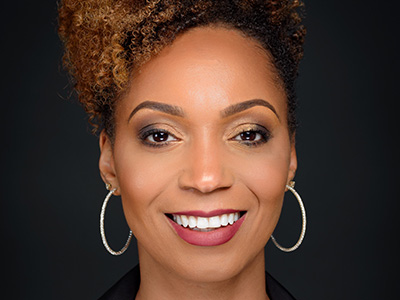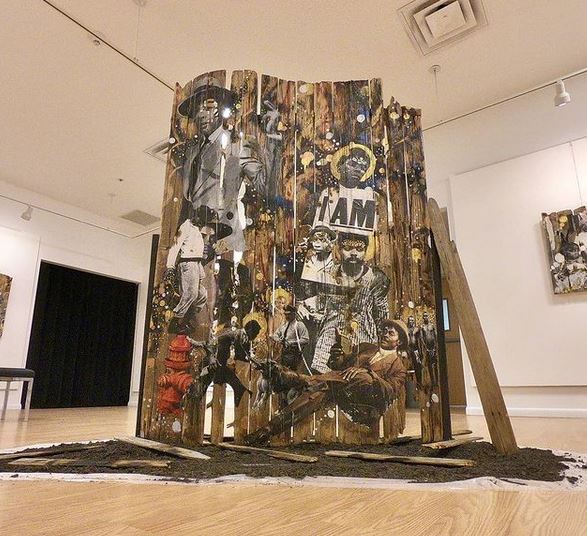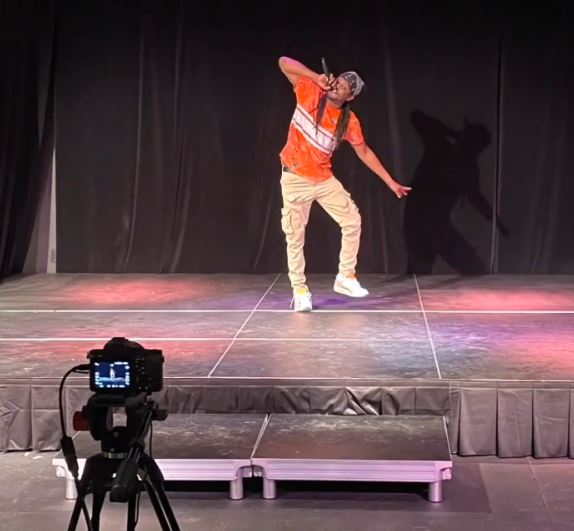VPA Film Alumna Nominated for American Society of Cinematographers Student Award
Filmmaker and cinematographer Kimberly Edelson ’25, a graduate of the College of Visual and Performing Arts’ (VPA) B.F.A. film program, has been nominated for a prestigious student award from the American Society of Cinematographers (ASC). Edelson is one of six…





